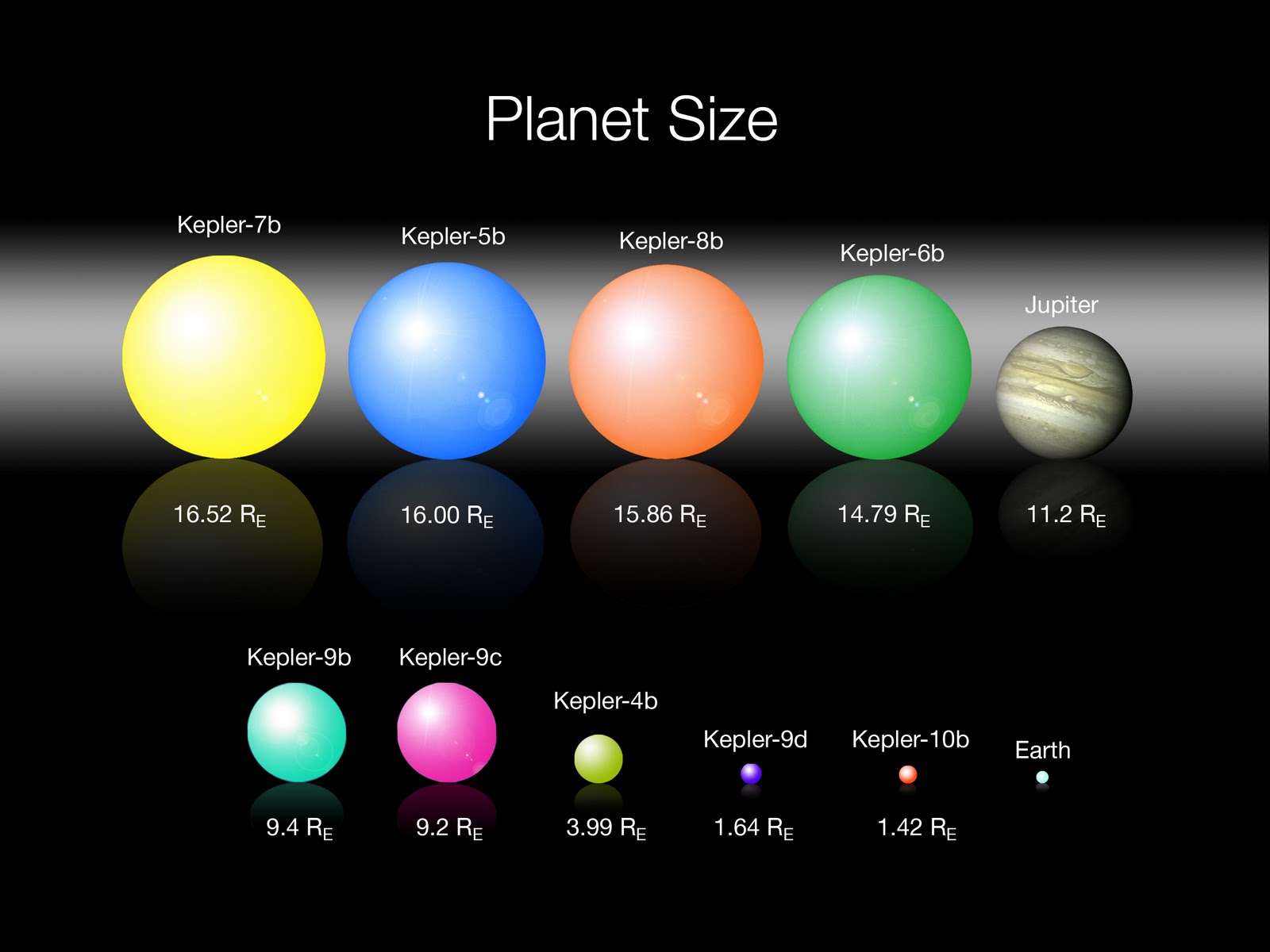


This is because the Lagna is the place from which the houses of the chart are counted. The Lagna or ascendant is the key to the birth chart. The lordship of the Rashi and the placement of that Graha is of great importance. When we interpret a chart we look at the Rashi that the planet is placed in. These Rashis are the basic foundation of any birth chart.Įach Rashi is owned by a Graha. These Rashis are labelled Mesha (Aries), Rishaba (Taurus), Mithuna (Gemini), Kark (Cancer), Simha (Leo), Kanya (Virgo), Tula (Libra), Vrishik (Scorpio), Dhanus (Saggitarius), Makara (Capricorn), Kumbha (Aquarius) and Meena (Pisces). This chart is vital in the determination of which house each planet actually falls into.Īnyone who is familiar with the basics of astrology knows that the Rashis are the divisions of the 360 degrees of the Zodiac into twelve sections of 30 degrees each. For now, we suggest you make note of what star your Moon is in.The Bhava Chalit chart is a chart that is used to find the position of the planets in the houses relative to the actual Lagna degree. In addition, the chart shows another level of information as it has abbreviations for the star (Nakshatra) the planet is in and what quadrant (pada) within the star. The chart below shows all your planets, what sign they are in and what degree they are in within the sign.


The sign (rasi) that contains the abbreviation AS is your Ascendant (also called Lagna) and is considered your "first house." From the Ascendant, move around the chart in a clockwise direction to the next sign which is your "second house" and so on, for all 12 of your "houses."Īs a starting point, explore what sign is your Ascendant, what sign your Sun is in, what sign your Moon is in. This "map" of your chart is presented below. Vedic Astrology differs from Western Astrology, so if you have had your chart done in Western Astrology, it is possible that your planets may not be in the same signs as calculations are mathematically based on different coordinate views of the Zodiac.ĪstroVed presents the South Indian style of chart.


 0 kommentar(er)
0 kommentar(er)
